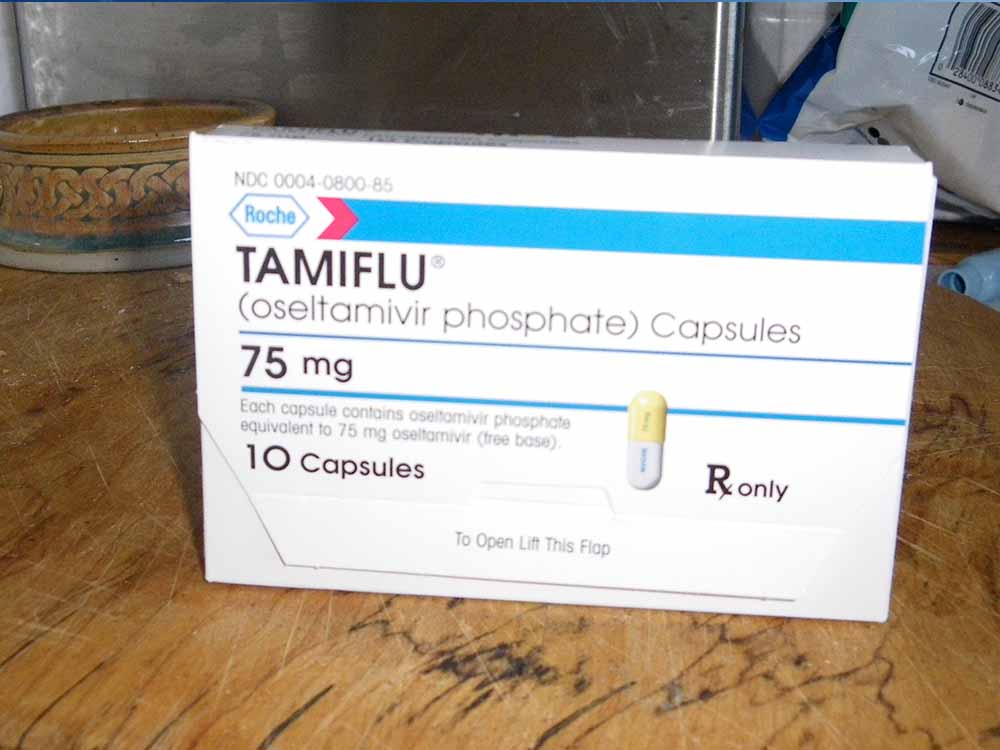Tamiflu in 2009 – Navigating the H1N1 Pandemic, Antiviral Breakthrough, and Global Response
The year 2009 saw Tamiflu, an antiviral medication, thrust into the spotlight as the world grappled with the H1N1 influenza pandemic. This exploration delves into the key developments that defined Tamiflu in 2009, from its crucial role in combating the pandemic to the scientific breakthroughs and the global response to the influenza crisis.
Antiviral Breakthrough – Tamiflu’s Mechanism of Action and Efficacy
Tamiflu, scientifically known as oseltamivir, is an antiviral medication that became a cornerstone in the fight against influenza, especially during the H1N1 pandemic. In 2009, its mechanism of action, inhibiting the neuraminidase enzyme crucial for viral replication, gained prominence. Studies reinforced Tamiflu’s efficacy in reducing the severity and duration of influenza symptoms, positioning it as a crucial tool in pandemic response strategies.
H1N1 Pandemic – Tamiflu as a Strategic Weapon and Controversies
The H1N1 influenza pandemic of 2009 heightened the importance of antiviral medications like Tamiflu. Governments and health organizations globally stockpiled Tamiflu as a strategic weapon to mitigate the impact of the pandemic. However, controversies emerged regarding its distribution, efficacy in severe cases, and the potential development of antiviral resistance, sparking debates within the scientific and medical communities.
Scientific Developments – Clinical Trials, Resistance, and Treatment Guidelines
Scientific developments in 2009 surrounding Tamiflu included ongoing clinical trials to assess its effectiveness in different populations and age groups. Researchers also investigated the emergence of antiviral resistance and explored alternative treatment options. Treatment guidelines were refined based on emerging evidence, contributing to a more nuanced approach to using Tamiflu in both seasonal influenza and pandemic scenarios.
Global Response – Stockpiling, Access, and Lessons Learned
The global response to the H1N1 pandemic involved unprecedented efforts in stockpiling Tamiflu, with countries and organizations racing to secure sufficient supplies. Access to Tamiflu became a focal point, raising discussions about equitable distribution and affordability. The pandemic served as a catalyst for discussions on global preparedness, highlighting the need for robust strategies and collaboration in the face of emerging infectious diseases.
In Conclusion: Tamiflu in 2009 – A Crucial Player in Pandemic Preparedness
Tamiflu’s role in 2009 was pivotal, not just as a pharmaceutical breakthrough but as a symbol of global preparedness in the face of a rapidly spreading influenza virus. From antiviral breakthroughs and scientific developments to controversies and lessons learned, Tamiflu in 2009 remains a significant chapter in the ongoing narrative of pandemic response and the role of antiviral medications in safeguarding public health











